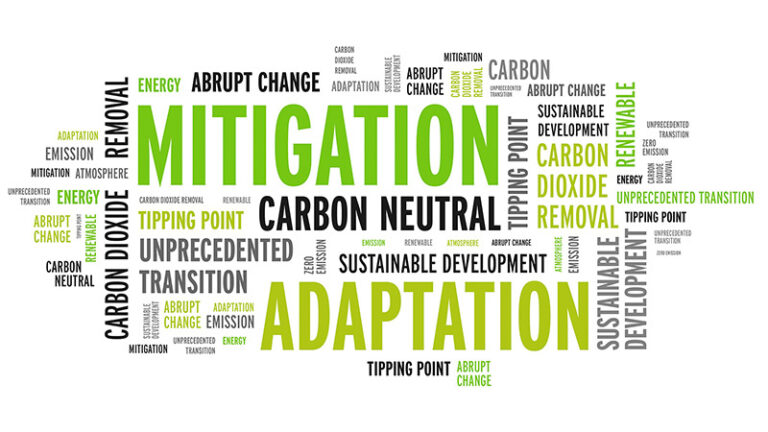 Many people within the deaf community use sign language as a method to communicate visually.
Many people within the deaf community use sign language as a method to communicate visually.
But did you know that sign language previously included very little scientific terminology?
Unfortunately, the lack of signs about the climate had created a barrier for the disabled community.
That has changed recently with the British Sign Language (BSL) updating its vocabulary with 200 new words. This allows students to learn science more easily -- from chemistry and biology to the environment!
Sign Language: How It Evolved
There are nearly 300 sign languages around the world, with the prominent ones being the American Sign Language (ASL), the British Sign Language (BSL), and the Australian Sign Language (Auslan) for native English speakers.
 The use of hands in sign language to represent individual letters of a written alphabet is called ‘fingerspelling’. While some common words like "car" have signs, a specific car like Tesla would need to be spelled out as "t-e-s-l-a." Sign language has evolved over the years as society and technology changed -- the word for telephone, for example, is very different today than 100 years ago!
The use of hands in sign language to represent individual letters of a written alphabet is called ‘fingerspelling’. While some common words like "car" have signs, a specific car like Tesla would need to be spelled out as "t-e-s-l-a." Sign language has evolved over the years as society and technology changed -- the word for telephone, for example, is very different today than 100 years ago!
However, for deaf students, the lack of scientific terms has always been a handicap. They have felt held back from understanding and learning, simply because they did not have enough vocabulary to utilize in discussions. The only way they could do so would be to fully finger-spell out complex words or improvise on their own with their peers. In 2012, researchers at the University of Edinburgh, Scotland were the first to develop 116 signs for scientific words such as "mass" and "X-ray" which were eventually added to the BSL.
In the U.S., Mandy Houghton, a teacher at the School for the Deaf and Blind in Florida, attended a summer program for science. She noticed that it was difficult to participate as she felt unable to communicate accurate terminology. Only 20% of the chemistry terms used were a part of sign language! She felt excluded from her hearing peers. Houghton acknowledged the gap in scientific vocabulary and has made it her mission to expand American Sign Language (ASL) to be more inclusive.
The Recent Update
 The BSL has been updated recently with 200 common environmental terms including ‘greenhouse gasses,’ ‘carbon footprint,’ and many more.
The BSL has been updated recently with 200 common environmental terms including ‘greenhouse gasses,’ ‘carbon footprint,’ and many more.
The first 200 words are centered around biodiversity, ecosystems, pollution, and the physical environment. In the future, 200 more words are expected to be added that relate to sustainability, energy, and more.
As climate change becomes increasingly prominent, so does the information and education surrounding it. Including new vocabulary that focuses on these topics, allows the deaf community to have access to valuable knowledge and empowers them to learn and take action.
In the fight against climate crises, the new developments in ASL and BSL have a huge significance in creating a better future for everyone.
Sources: Guardian, BBC, ACS.org, NYTimes






